19th Century Noble Gilt wooden Family photo Frame, American History A gilded wooden family portrait frame with the Calhoun/Colquhoun family coat of arms. This portrait frame probably ended up in the Netherlands through the marriage of the American Julia Johnson Calhoun (1884-1970) in 1914 to Mr. Justinus Egbertus Hendericus baron van Nagell (1882-1963). The list contains three portrait photos of presumably members of the Calhoun family. The American statesman John Caldwell Calhoun (1782-1850) descended from a Scottish noble family with the name Colquhoun, who settled in the United States in the 18th century and achieved great prestige there. He started his career as a lawyer, married the daughter of an influential senator and was elected to the House of Representatives. After serving as Secretary of War, he became Vice President under President John Quincy Adams from 1825-1829 and then served a second term under President Andrew Jackson. This makes him one of only two American vice presidents to have served under two different presidents. His grandson, John Caldwell Calhoun (1843-1918), was a successful American businessman, landowner and managing director of the Baltimore Coal Mining and Railway Company. He married Linnie Adams, second cousin of US Vice President Richard Johnson. Their only daughter, Julia Johnson Calhoun (1884-1970), made her debut in New York and met mr. Justinus Egbertus Hendericus baron van Nagell (1882-1963), who was attached to the Dutch legation in Washington in diplomatic service. He descended from an old noble family from Westphalia, whose ancestor was first mentioned in 1385. In the 16th century, an ancestor settled in the Netherlands and in 1814 the family was included in the Dutch nobility with the title of baron. He grew up at Schaffelaar Castle in Barneveld and his father was mayor in this castle and he was also Grand Commander of the Knightly German Order. At the end of the 19th century, a real boom in marriages of wealthy American heirs to European nobility started. It was the 'Gilded Age', described in e.g., the books of Edith Wharton, in which millions of dollars crossed the Atlantic as a dowry. New money and European nobility bonded. One of the most famous marriages was that of Consuelo Vanderbilt to the English Duke of Marlborough. The Vanderbilt millions repaired the roof of Blenheim Palace and the gardens here were recreated in the French style. It prompted a visitor to remark: “American money has its use after all.” The Van Nagell-Calhoun wedding became a real social event in the winter of 1914 at the start of the nightlife season – one newspaper ran the headline GAYETIES OF WINTER SOCIAL SEASON BEGIN THIS WEEK – and newspapers detailed all the details. The bridal staff included the Dutch Count Van Rechteren Limpurg and as witness for the groom was Jonkheer De Beaufort, who was secretary of the Dutch legation in Washington. Baron Van Nagell had a glorious career in the diplomatic service, which over the years took him from Beijing to Washington and St Petersburg. Here he experienced the Russian Revolution in Saint Petersburg in 1917 up close. One evening he was sitting with company at a table in a restaurant. A waiter brought the bill to a group of Russian communists next to them. The bill did not like this, whereupon the waiter was shot dead. After Saint Petersburg, London, Bucharest, and Stockholm followed, where he finally became envoy extraordinary and minister plenipotentiary. The couple had three children: one daughter was born stillless and the only son and heir died in 1944 as a res. -2nd lieutenant pilot in the Royal Air Force over France. A second daughter married a jonkheer Clifford Kocq van Breugel. Mrs. Van Breugel always remained very conscious of her Van Nagell heritage and took great care of family memories entrusted to her, but she never forgot her American heritage, nor did her most illustrious American ancestor, Vice President John Caldwell Calhoun. The ornament on the left side of the frame is damaged (details in the pictures attached) The measurement is 65 cm high, 64 cm wide and the depth is 3 cm This frame is made of pear wood hand cut wooden frame with beautiful details and very light in weight. The 3 pictures and the other frames are behind glass.
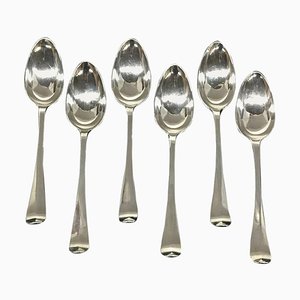
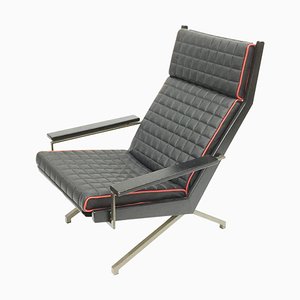

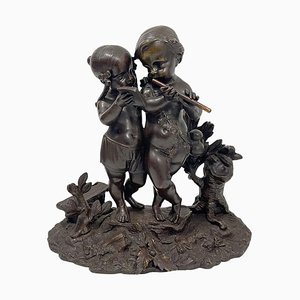

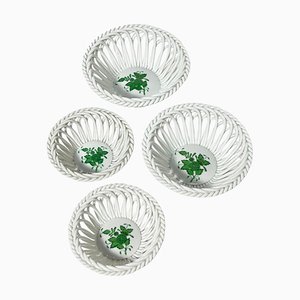
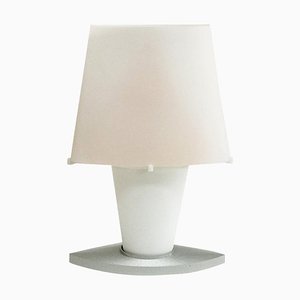
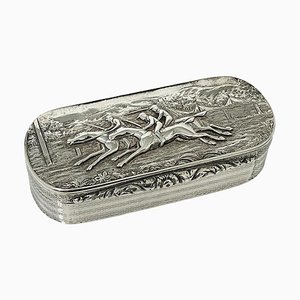

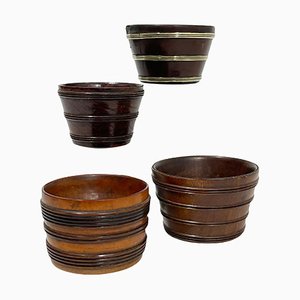
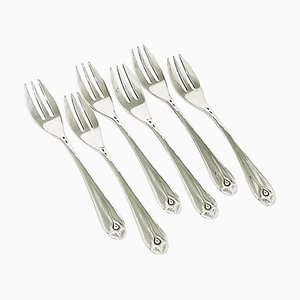

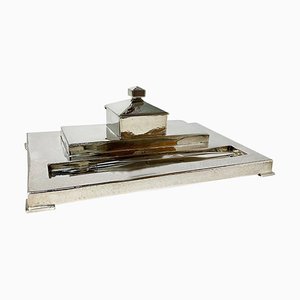
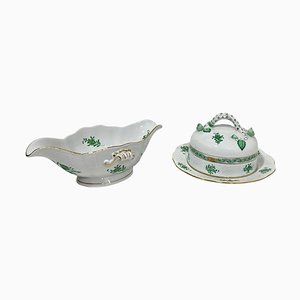
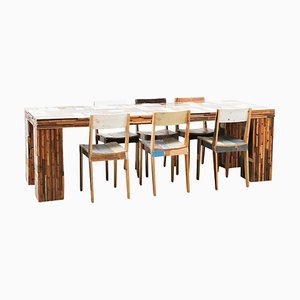

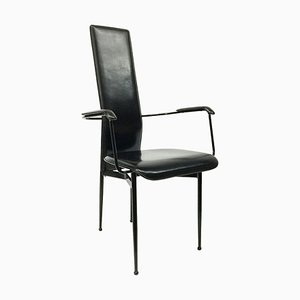

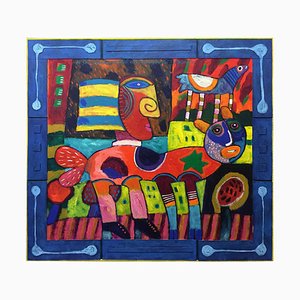
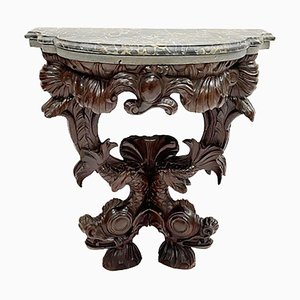
Get in Touch
Make An Offer
We noticed you are new to Pamono!
Please accept the Terms & Conditions and Privacy Policy
Get in Touch
Make An Offer
Almost There!
To follow your conversation on the platform, please complete the registration. To proceed with your offer on the platform, please complete the registration.Successful
Thanks for your inquiry, someone from our team will be in touch shortly
If you are a Design Professional, please apply here to get the benefits of the Pamono Trade Program